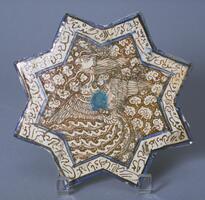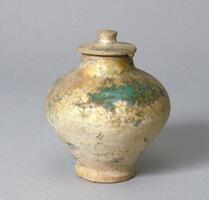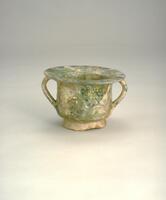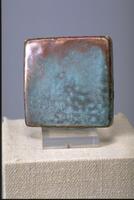65 UMMA Objects
65 UMMA Objects
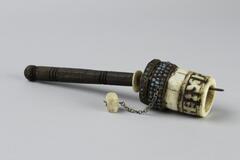
Tibetan (Tibetan (culture or style))
Prayer Wheel (Mani Wheel)
1833 – 1932
Gift of the Estate of Maxine W. Kunstadter in memory of Sigmund Kunstadter, Class of 1922
1983/1.424
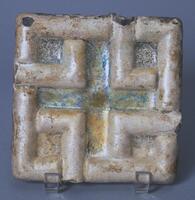
Syrian
Square tile with molded cross design
1100 – 1299
Transfer from the College of Architecture and Design
1972/2.145

Iranian (Iranian)
Tile fragment with inscription
1100 – 1299
Transfer from the College of Architecture and Design
1972/2.152

Chinese (Chinese (culture or style))
Glass snuff bottle
1912 – 1949
Gift of Mr. Robert W. Coggan
1980/2.49
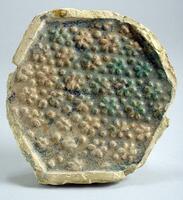
Iranian (Iranian)
Tile
8th century
Transfer from the School of Art and the College of Architecture and Urban Planning.
1997/1.255

Chinese (Chinese (culture or style))
Buddha, standing, in vitarka mudra
7th century
Museum purchase for the James Marshall Plumer Memorial Collection
1964/2.97

Josef Albers (American (North American))
3 square blue/green #121/125
1969
Gift of Dr. Seymour and Barbara K. Adelson
2012/2.3

Japanese (Japanese (culture or style))
Obi
20th century
Gift of Howard and Patricia Yamaguchi
2013/2.371
Loading…
